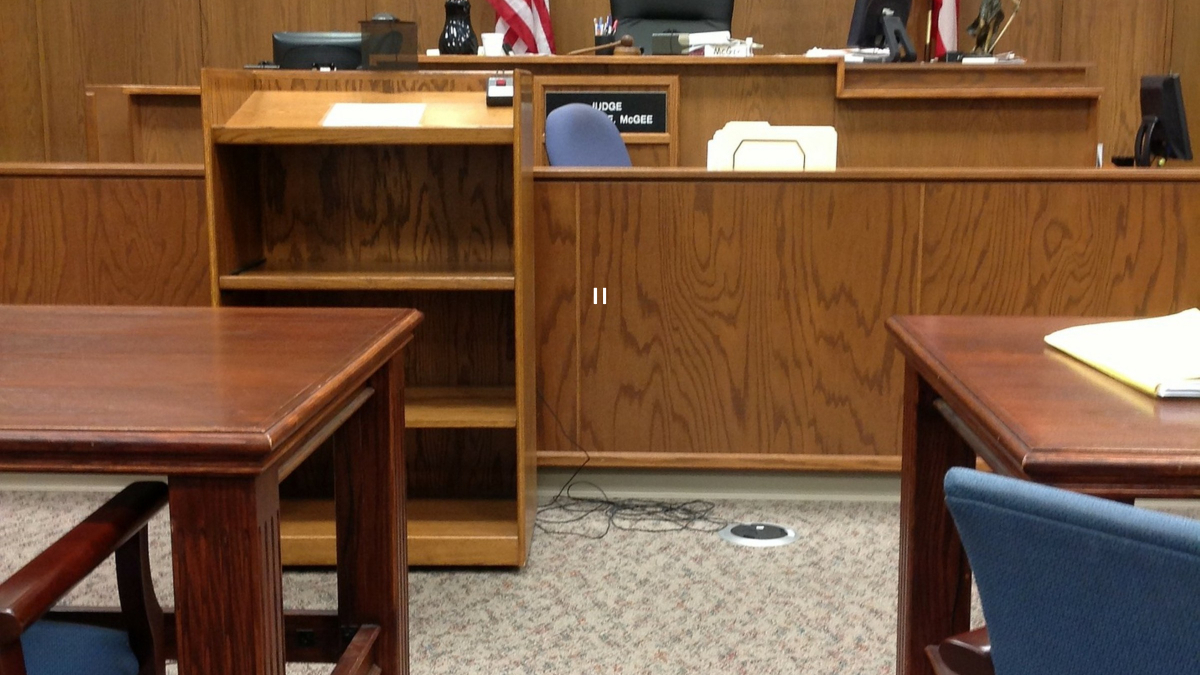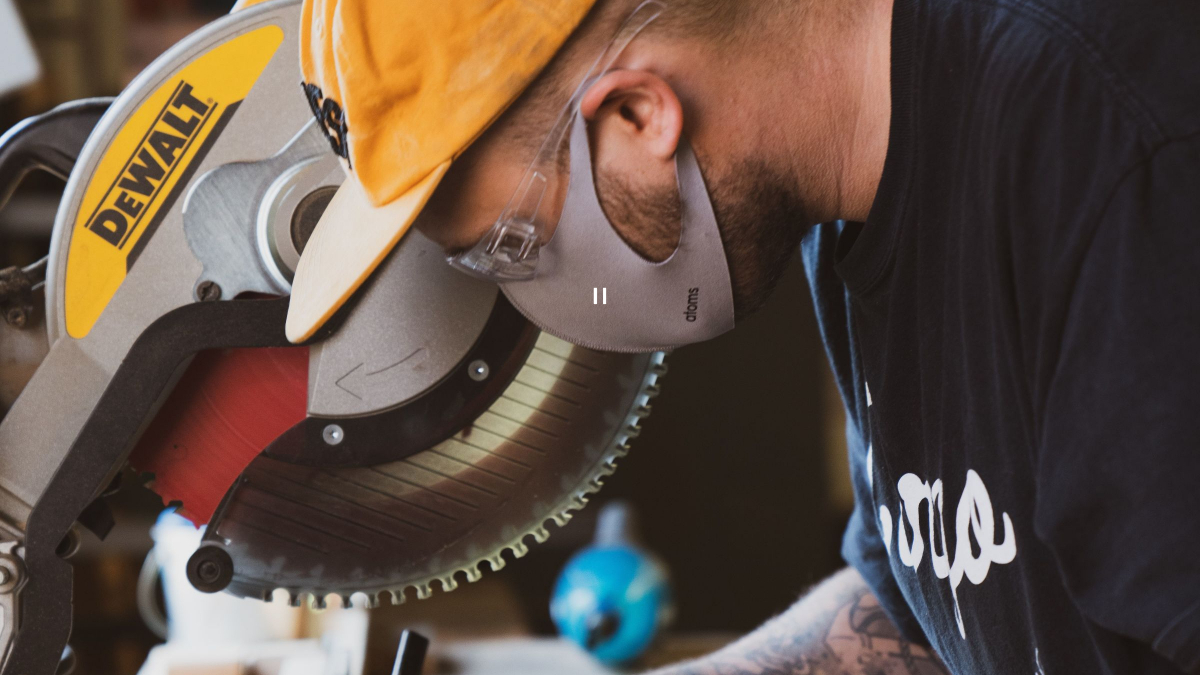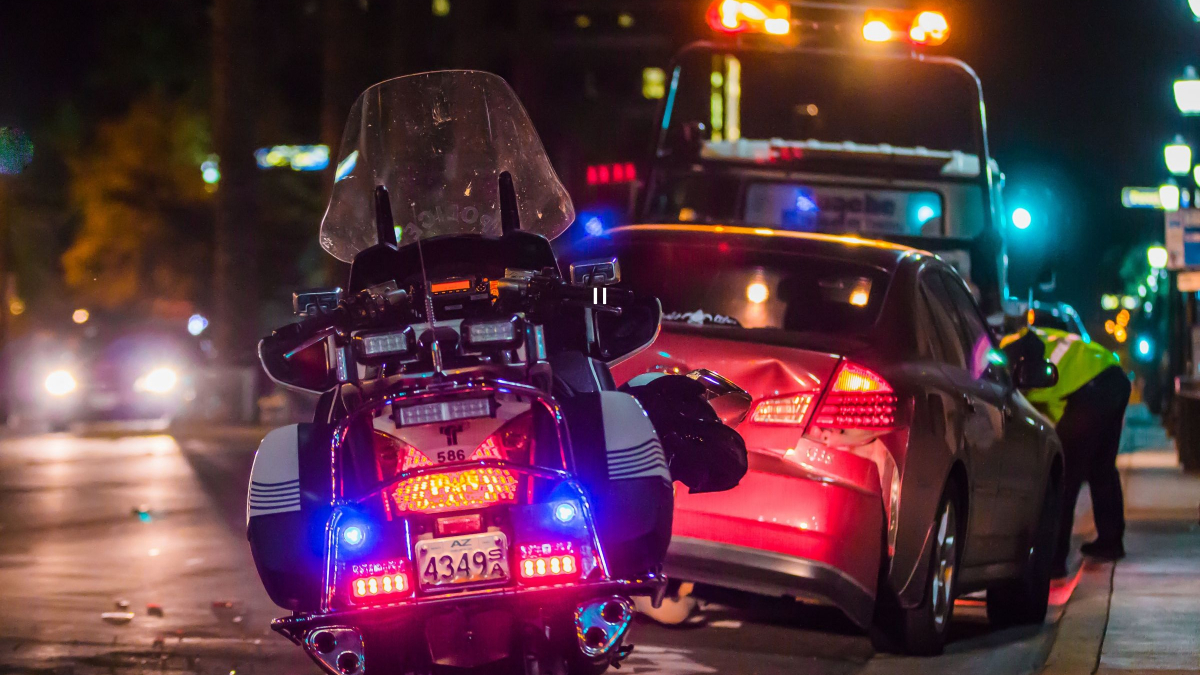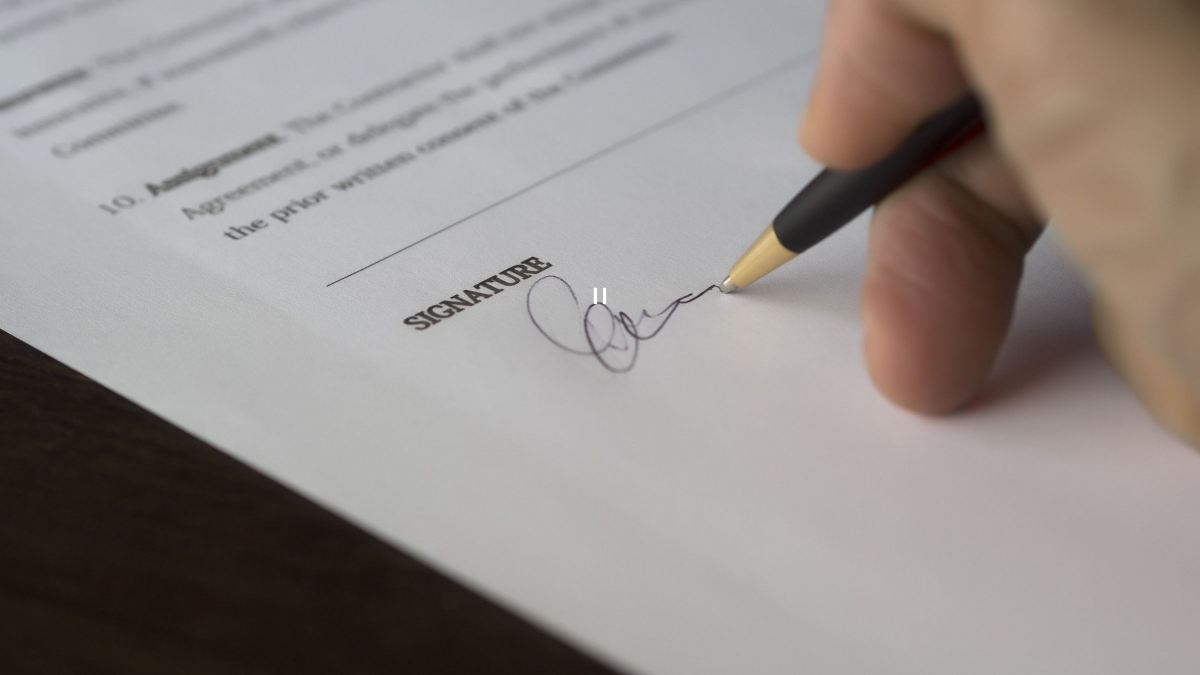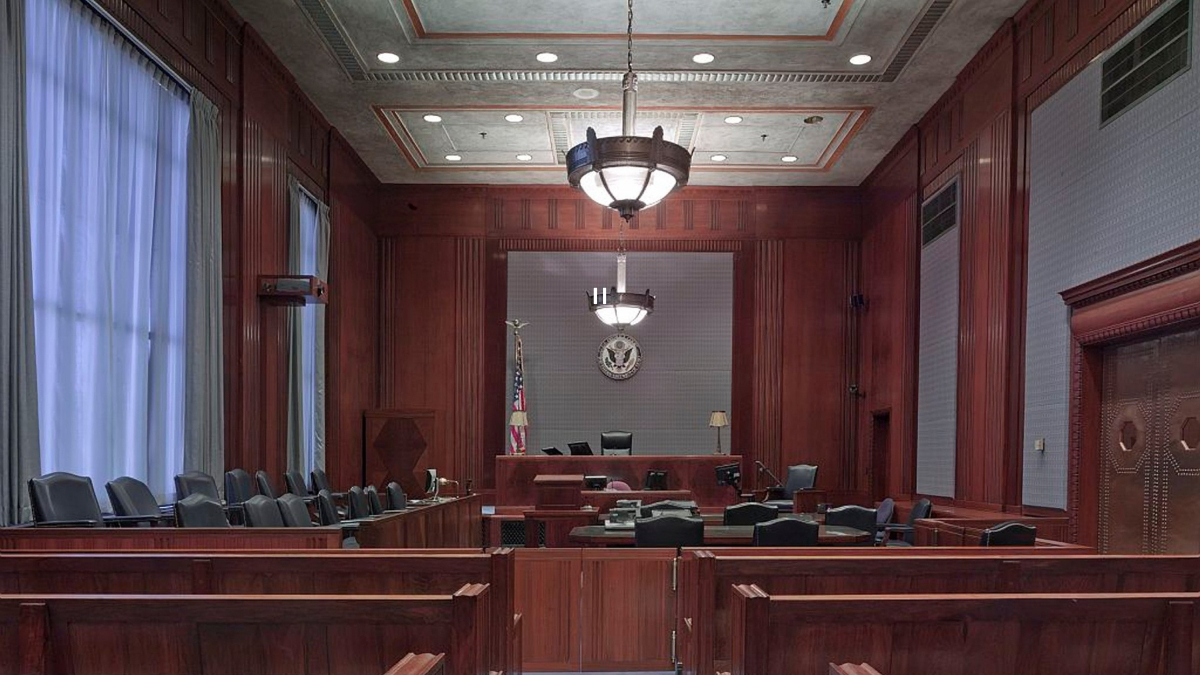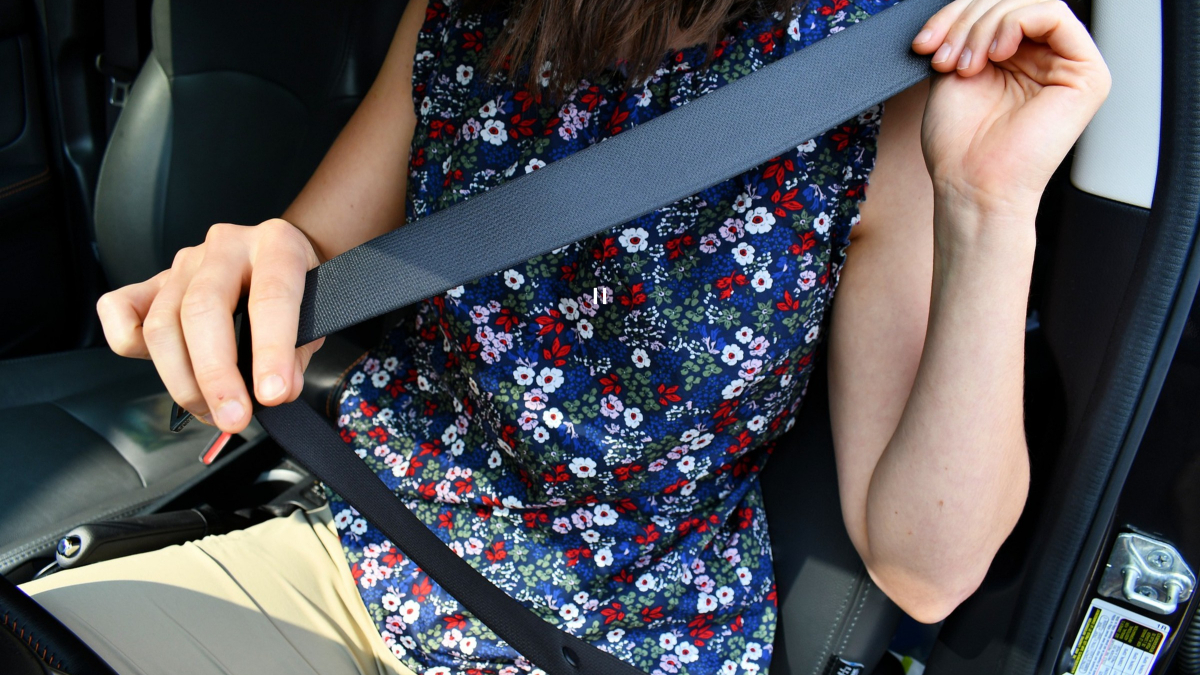Recently, attorneys for Bayer AG — the owner of Monsanto — and plaintiffs informed a judge about progress in the class-action lawsuit brought by claimants who claimed Monsanto’s Roundup caused them to develop cancer. Lawyer for Bayer told U.S. District Judge Vince Chhabria the organization was either close to or had already reached deals to resolve over 3,000 lawsuits bundled together in multidistrict litigation (MDL) in the U.S. District Court for Northern District of California.
While the company previously settled thousands of cases outside of MDL, conflict and controversy has plagued and negatively impacted the settlement offers. Fortunately, there was no mention of these previous cases in the latest hearing on Thursday, September 24th. According to Bayer Lawyer William Hoffman, there are an estimated 1,750 cases that are subject to different agreements while another 1,900 cases are in different stages of negotiation. However, Hoffman explains that he and his team continually works to move these discussions forward closer to agreements.
Moving the Cases in the Right Direction
The overall positive and cooperative tone demonstrated in Thursday’s hearings was a welcomed difference from the previous hearing. During this hearing, Aimee Wagstttaff, attorney for the plaintiffs, informed judge Chhabria that Bayer was failing to honor the tentative settlement agreements created in March. These agreements were expected to enter the finalization stage in July.
Back in June, Bayer announced they reached a $10 billion settlement for over 100,000 cancer claims regarding Roundup. The only major law firms leading the litigation who had signed final agreements were Weitz & Luxembourg and The Miller Firm. The deal struck with The Miller Firm alone was designed to cover over 5,000 Roundup and totaled $849 million. However, the Kentucky law firm of Moor Law Group, the Colorado Andrus Wagstaff firm, and the California-based Baum Hedlund Aristei & Goldman law firms all had tentative deals — not final agreements.
Based on a letter filed with the court by Wagstaff, Bayer requested several extensions until the deal made with the firm fell apart mid August. Once the issues were reported to Judge Chhabria, the talks resumed and were favorably resolved with the three firms.
Learn more about the manner in which settlements will be administered.

